©
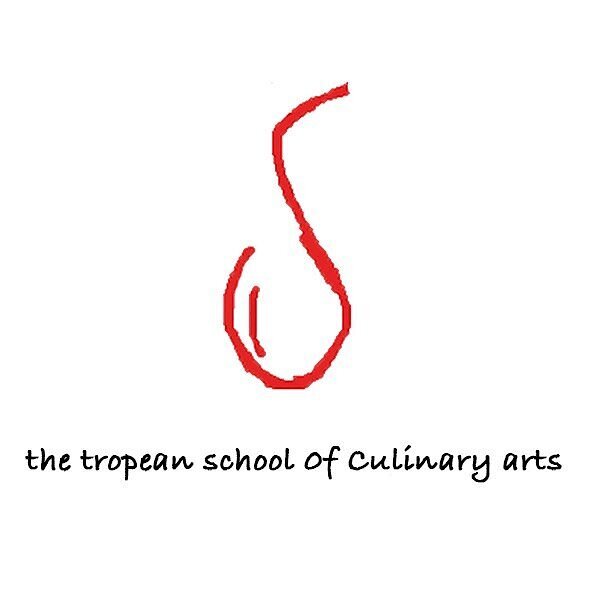
Let's try to understand something about Italian cuisine.
Cuisine is the operation, the activity, the way of preparing and cooking the foods and the foods themselves, the foods, especially with regard to their quality and quantity, or the use of condiments, spices, etc. in their preparation. The cuisine can, therefore, be the expression of a man (the cook) of a people, of a culture, of a civilization, of a historical period, of a territory, etc. However, it always results from the interaction of man with the environment.
"Italy has a unique geographical position and geological structure. Compared to other nations in the world, it has the highest number of animal and plant species, it is the most biodiverse country, Italian food products are first in quantity and quality. It is the country with the most ethnic groups in the world and has 70% of the world's artistic heritage. It has played a fundamental role in the history of the West. Italy is a country made up of various and heterogeneous elements and unique in the world. The cuisine, of course, reflects these uniqueness and diversity.
Italy should be divided into three large areas.
In the north, as far as Bologna, let's say before Florence, there is a sweet cuisine that uses butter a lot, but there is no real culture of vegetables, which exist but are of poor variety and low quality. Furthermore, the vegetables are all heavily manipulated, because the northern microclimate does not favor the development of aromas and flavors stimulated by light and sun.
In central Italy, in the Marches, Abruzzo, Lazio, Tuscany and Umbria, the cuisine is "strong", rich in natural aromas and flavours. Let's think of the porchetta, but also of all the soups and the oil itself... In a similar way it is a rather salty cuisine, starting with its ingredients: just compare a Tuscan ham with a sweet Parma or San Daniele ham. Flavors and aromas that are connected to the microclimate of the area, but also to the characteristics of the soil which has its own "strength" which, perhaps, also derives from its very ancient volcanic origin. Also not to be underestimated was the lifestyle of the past which, due to the climate, required a continuous supply of salt, which should not be wasted: therefore salty foods with unselted bread.
When one descends from central Italy to southern Italy and the large islands, the picture becomes more complicated, the cuisine becomes "patchy", as the climatic factor intersects with other components, above all cultural. In some regions the cuisine becomes sweet again and the Neapolitan, for example,... rather sweet like the northern one, even if the products are different. The culture of the great royal houses has certainly influenced here, bringing international tastes to Naples. Equally different is Sicilian cuisine, which is still influenced by the tastes introduced by the Arabs..."
Within this macro division it is possible to subdivide further considering the regional cuisines. They are, in fact, quite homogeneous within the borders of the region, but different from each other. The only exception is Calabria which for various reasons does not have its own cuisine. Within its confines the cuisine varies greatly from one area to another. In Calabria, that is, even towns very close to each other have cuisines with heterogeneous and different characteristics.
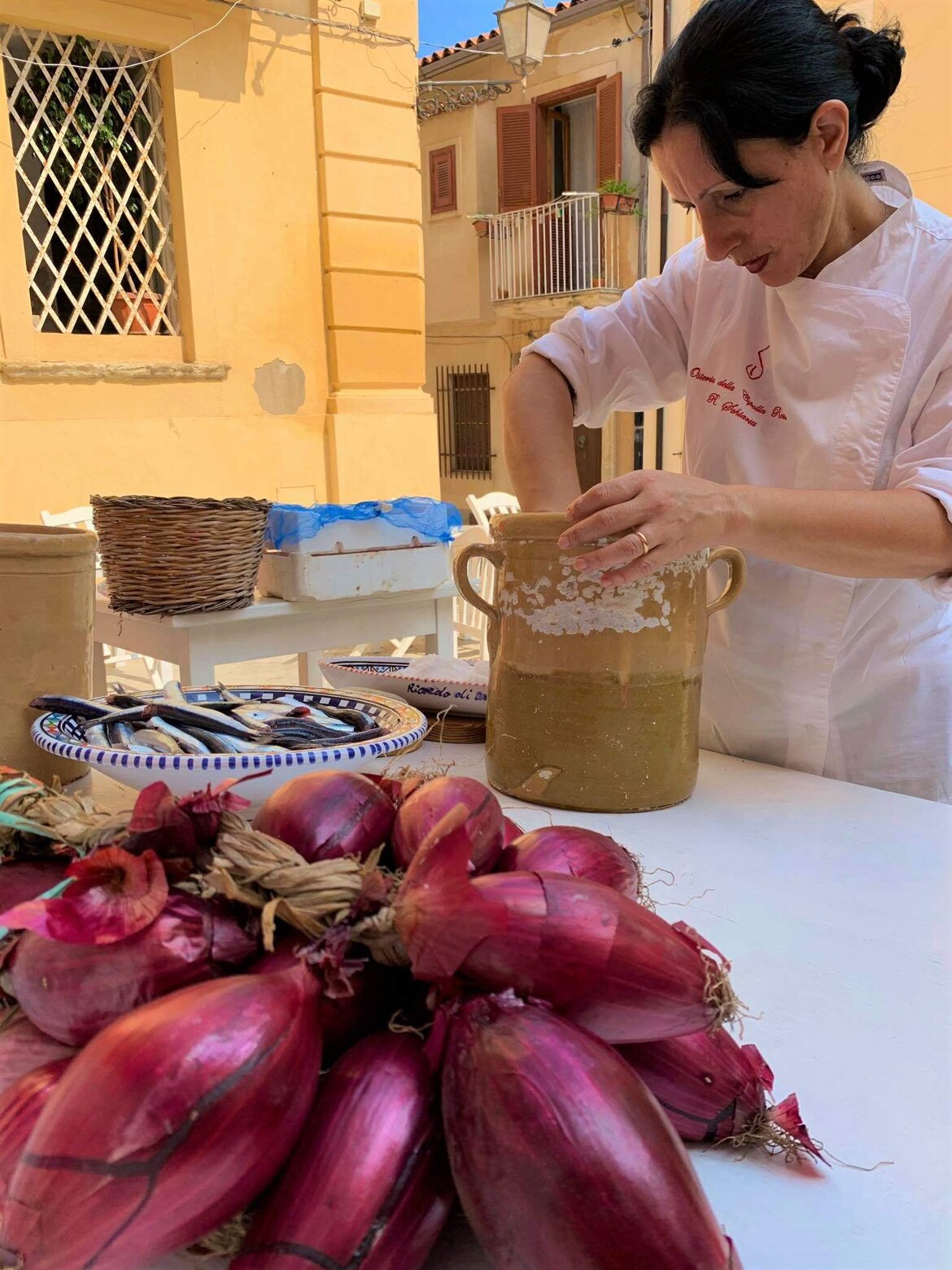
Cooking with Romy
In-person and online cooking schools.
Cuisine is nothing other than the set of techniques for processing and transforming food in relation to a style (of a single person, a people or a civilization), a geographical area or a historical era. These transformations will inevitably lead to aromas, scents, flavors and tactile sensations which will respectively characterize the style, the area and the historical era. Cooking with Romy means learning at least the first rudiments and fundamental techniques of professional cooking and then preparing dishes inspired by the tradition of Tropean cuisine or southern Italy in general. For those who have already started in the world of professional cooking it is possible to agree specific paths together.
Cooking schools can be held both in person and online and according to specific methods established from time to time with the students.
Cucinare con Romy
Le scuole di cucina in presenza e online
La cucina altro non è che l'insieme delle tecniche di lavorazione e di trasformazione del cibo relativamente ad uno stile (di una singola persona, di un popolo o di una civiltà), ad un'area geografica o ad un'epoca storica. Tali trasformazioni condurranno inevitabilmente ad aromi, profumi, sapori, sensazioni tattili che caratterizzeranno rispettivamente lo stile, la zona, l'epoca storica. Cucinare con Romy vuol dire apprendere almeno i primi rudimenti e le tecniche fondamentali della cucina professionale per poi eseguire piatti ispirati dalla tradizione della cucina tropeana o del meridione d'Italia in generale. Per chi fosse già avviato nel mondo della cucina professionale è possibile concordare insieme specifici percorsi.
Le scuole di cucina possono essere effettuate sia in presenza che online e secondo specifiche modalità stabilite di volta in volta con gli allievi.
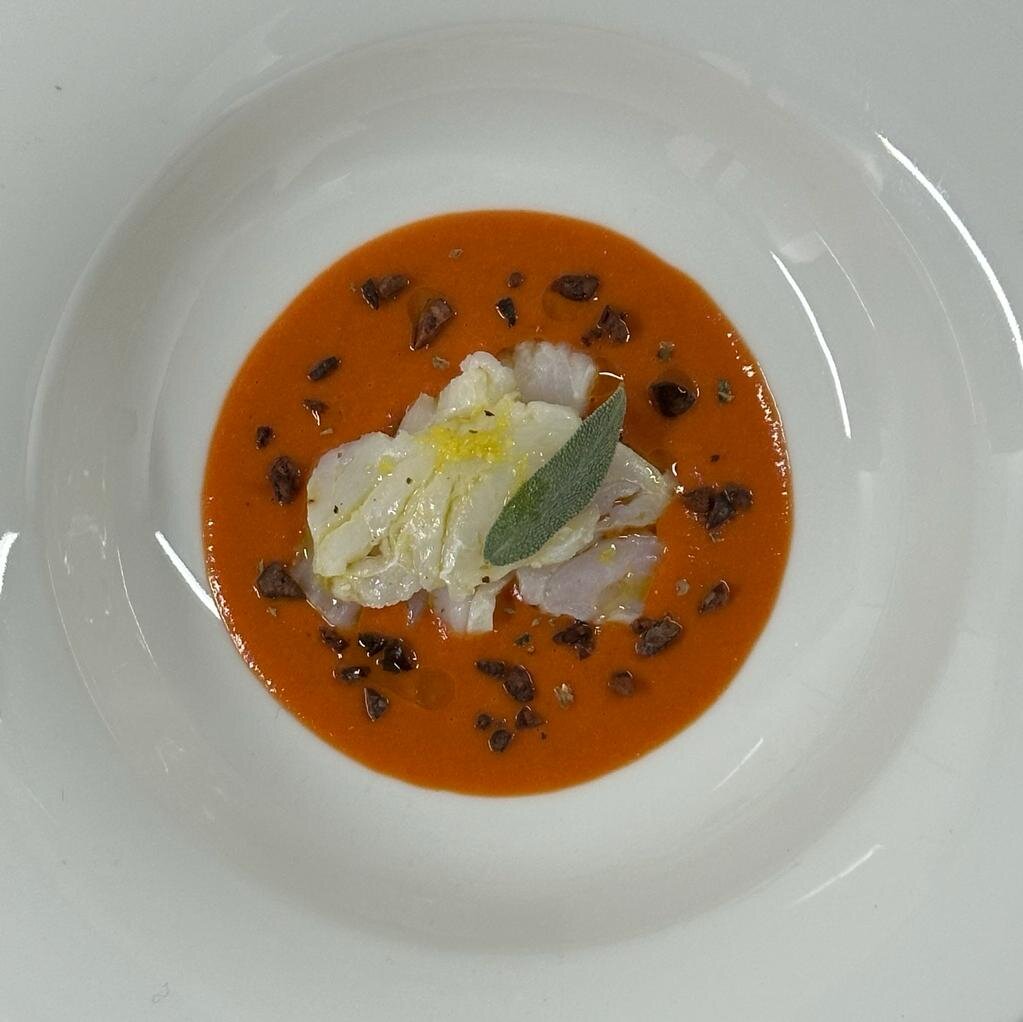
"O sole mio"
My mother and my grandmother, side by side, made tomato sauce with the same ingredients, but the tomato sauces were completely different. How was all this possible?
I believe that in cooking, as in any other activity, we all have our own "energy", our own "inner love" that characterizes us and makes us unique. When we do something we transfer this energy of ours, this love of ours to that something: it's like putting our signature on it. But, to be honest, before putting this signature there are other, much more concrete things that make sauces (and everything we do) different from each other.
"O sole mio"
La mia mamma e mia nonna, una accanto all'altra, facevano la salsa di pomodoro con gli stessi ingredieni, ma le salse di pomodoro erano completamente diverse. Come era possibile tutto ciò?
Io credo che nella cucina, così come in ogni altra attività, tutti noi abbiamo una nostra "energia", un nostro "amore interiore" che ci caratterizza e ci rende unici. Quando facciamo qualcosa noi trasferiamo questa nostra energia, questo nostro amore a quel qualcosa: è come metterci la firma. Ma , ad essere sinceri, prima di mettere questa firma ci sono altre cose, molto più concrete, a rendere le salse ( e tutto quello che facciamo) diverse le une dalle altre.
Basic level cooking school.
Tropea and southern Calabria: a first approach
- Introduction: cuisine and its components, the interaction between chef, time and territory, Italian cuisines
- Before the Kingdom of the Two Sicilies, the Kingdom of the Two Sicilies and the Unification of Italy, the pre-war period, the two wars, the post-war period and reconstruction, the current context
- Culinary traditions and specialties, traditional/typical dishes
- Modern day cuisine
- A little bit of physics, chemistry, biology, agronomy
- The territory, the microclimate, the food products,
- The vegetables, the oils, the breads, the cheeses, the fish, the wines
- Choice and preparation of ingredients
- Cooking techniques
- Explanation, tasting and comparison of traditional/typical dishes "from yesterday" and today
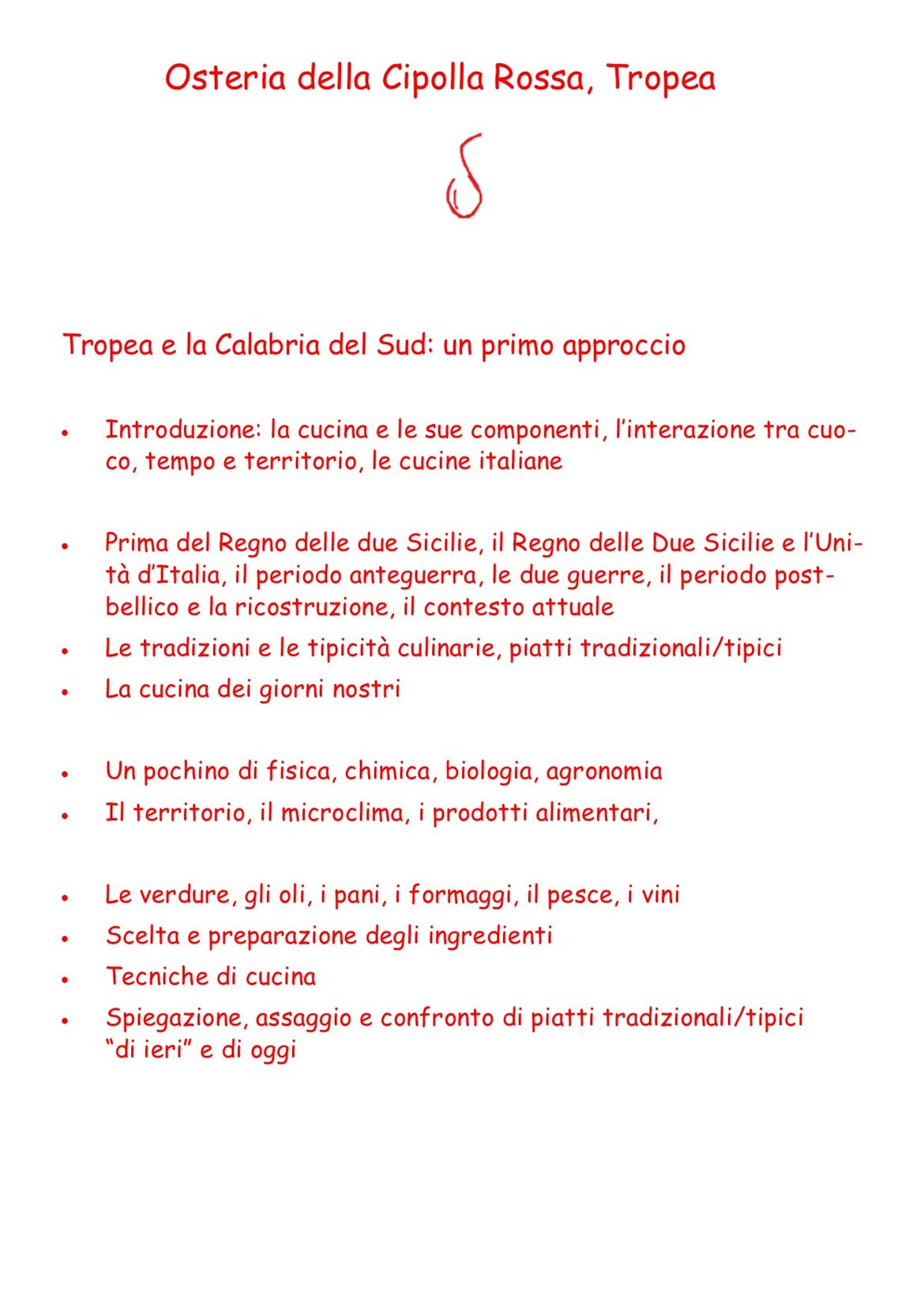
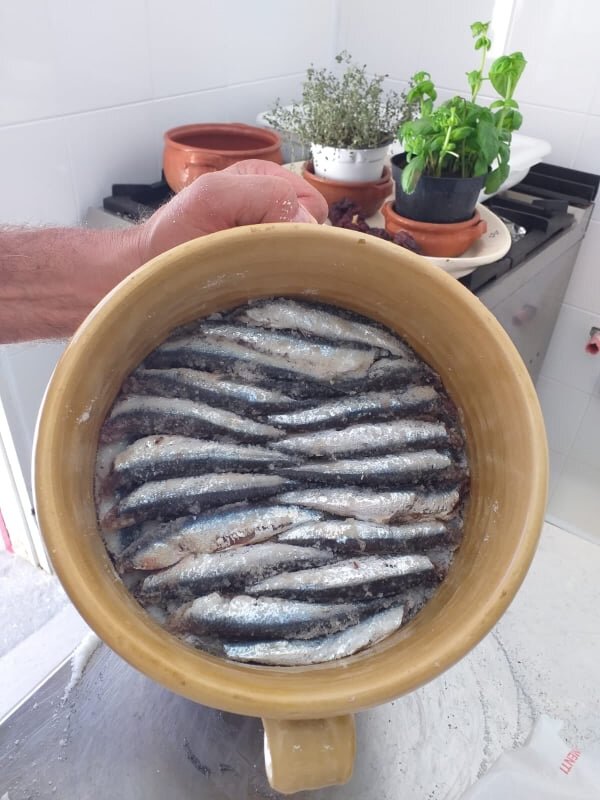
"Alici sutta sali" (Anchovies preserved with salt)
"With about twelve pieces of wood, eighty fishermen were employed at the time in the traps. Between smuggling and slaughter, they occupied their time by salting the anchovies. The delicious food, not marketable in an area burdened by balzelli (customs duties) and taxes, almost all of it arrived on the tables of the tropeans."
L. Del Vecchio; from notes written in pencil on the margins of a book of old and messy Tropean chronicles.
As soon as they are caught, the anchovies are decapitated, gutted and washed, if possible, with sea water. The first salting process then begins, which is wet and weak (10, 12%). They will rest like this, in the cool (15, 18 °C max), for the whole night. The following morning the second salting, dry, takes place when they are placed in the characteristic terracotta vase: "U' salaturi". The positioning of the anchovies in the jar and the salting are, for the older Tropean generations, sacred moments, archaic rituals that must follow a precise method of conduct. They will be ready after about 60 days. The "colatura" is produced with the relative governing liquid in similar ways. It is important to point out that salt, in food preservation, mainly exerts a bacteriostatic action since, by osmosis, it removes water from the environment (inside the cells) in which microorganisms live, blocking their development. This phenomenon of cellular dehydration (plasmolysis) only sometimes causes the death of the microorganism. Furthermore, salt inhibits microbial development because, being hydrophilic, it binds to water which is no longer available to the cells. Furthermore, sodium, contained in salt, is toxic for microorganisms because it combines with the anions present inside cells, interfering with their metabolism. Finally, sodium chloride, which penetrates inside the cells, binds to some proteolytic enzymes, thus forming complexes that limit the action of protein demolition in the microbial cell. Nonetheless, there are microorganisms (halophilic/halotolerant) that grow well in the presence of both low and high salt concentrations.
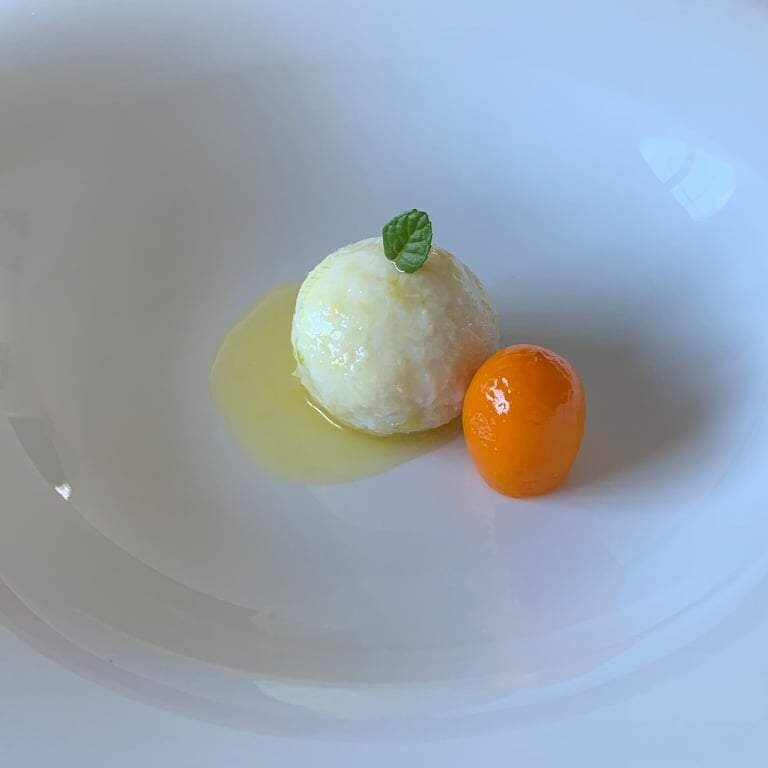
Facciamo lavorare i sensi
Vista, olfatto, sapore...
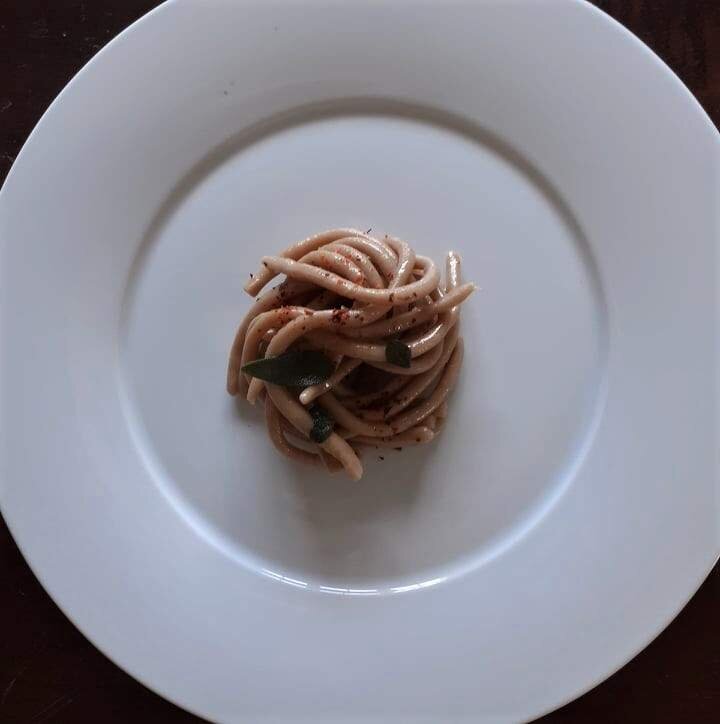
Le mani in pasta
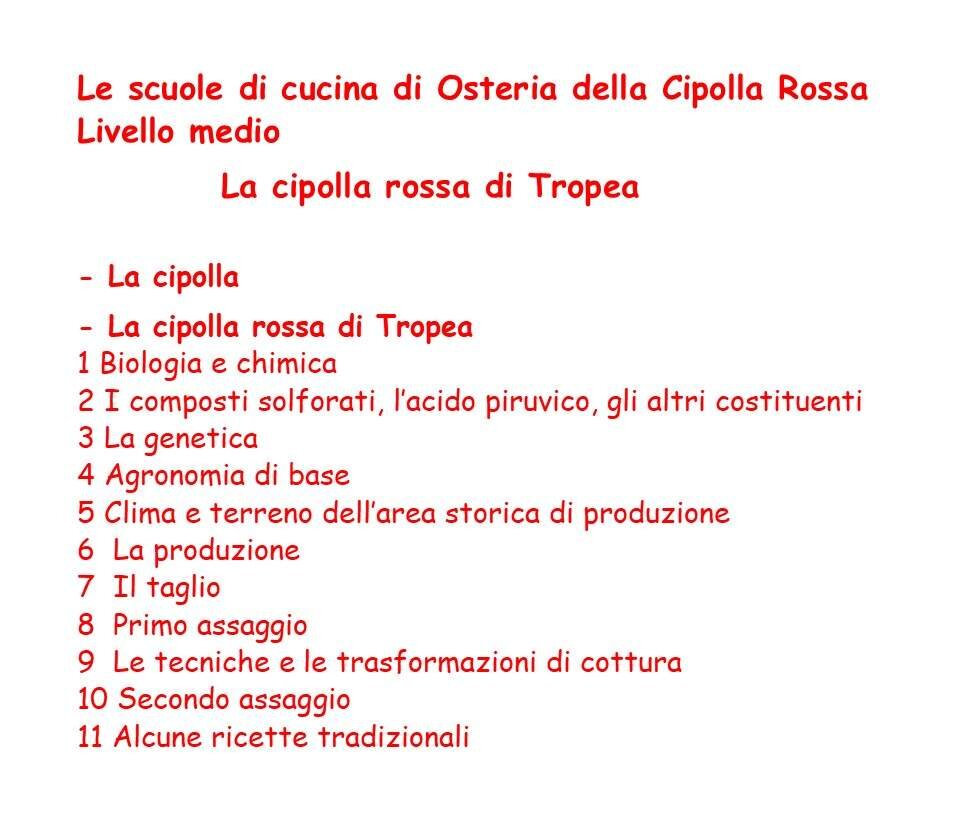
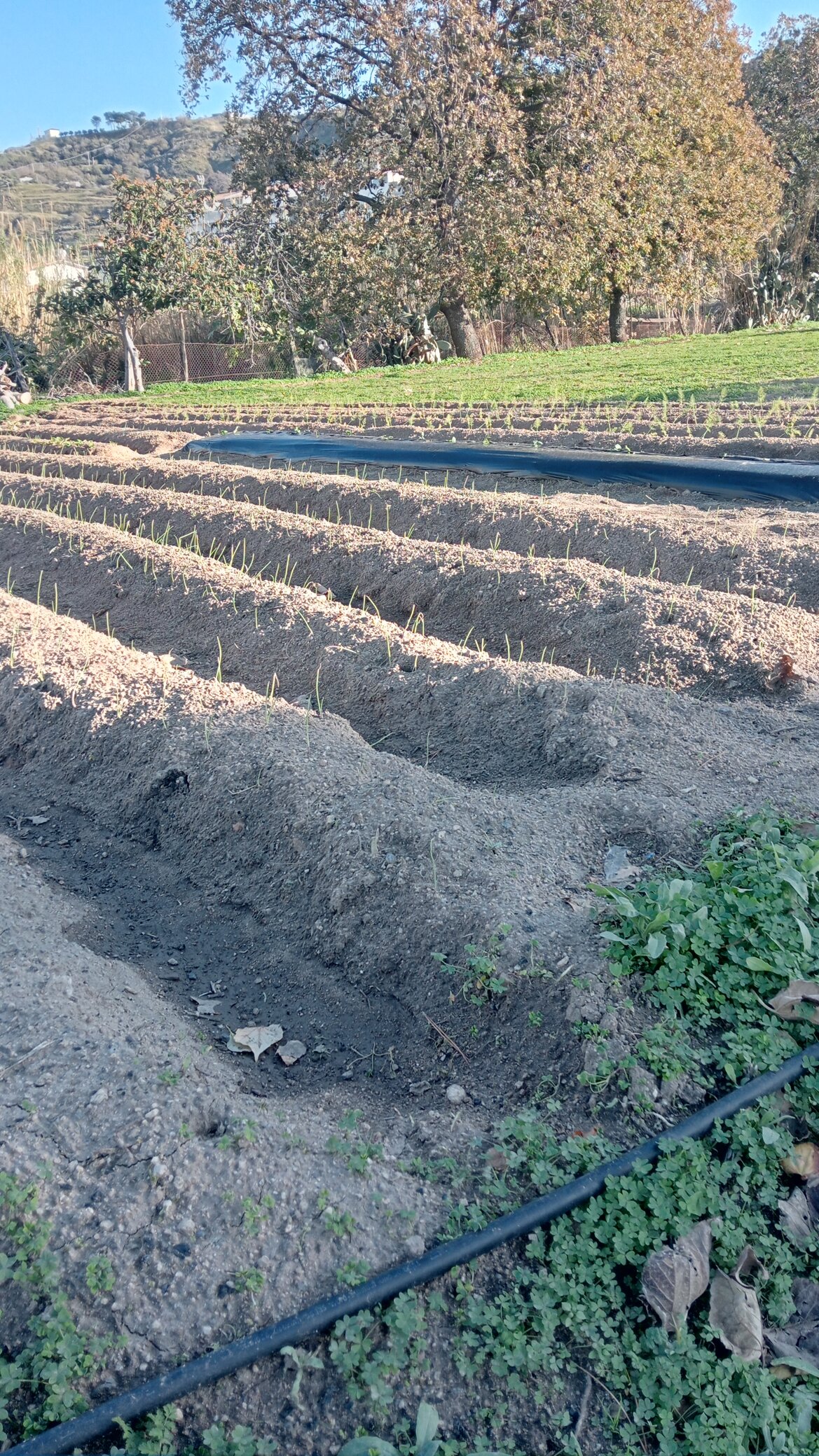
Schools of horticulture
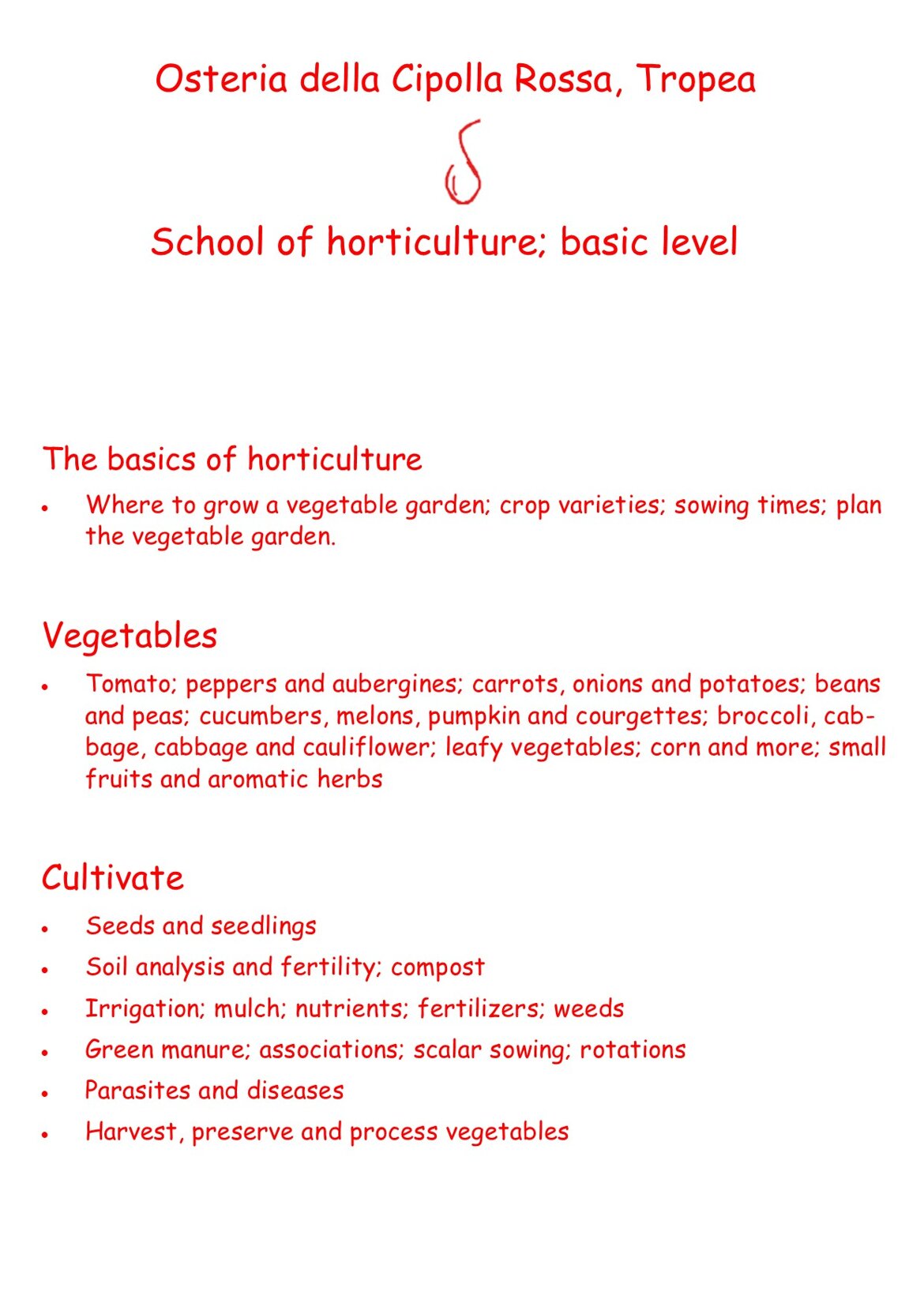
©